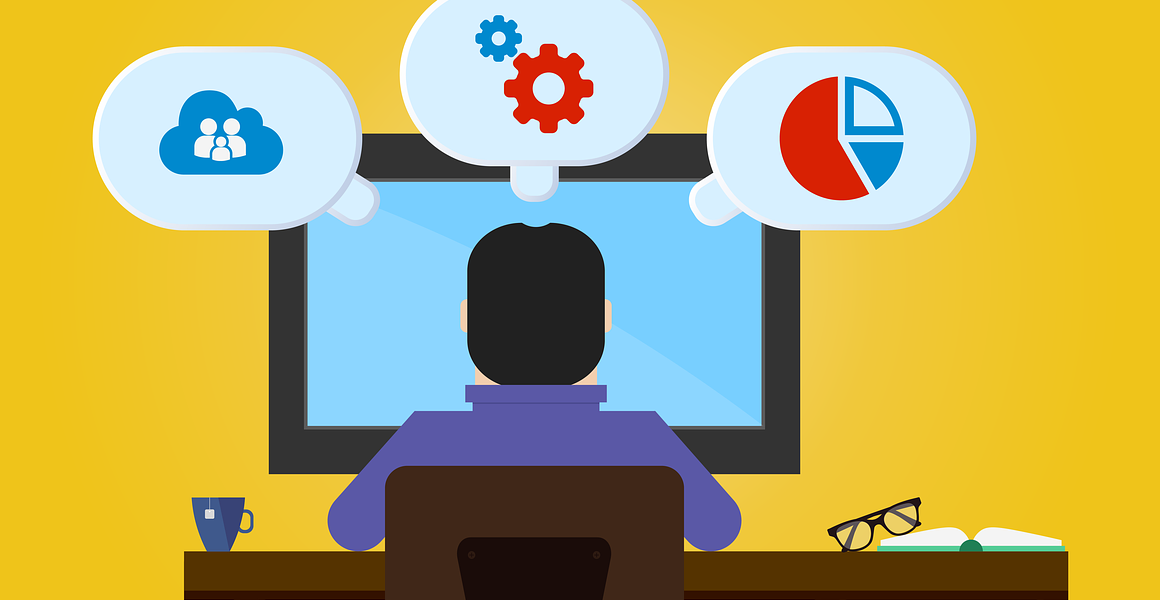Hey there, fellow entrepreneurs and digital creators! You’ve poured your heart, soul, and countless hours into building your online business, SaaS platform, or digital agency website. It looks great, functions smoothly (most of the time!), and customers are starting to roll in. But here’s a question that might keep you up at night: Is your website really always open for business?
We often focus on getting more traffic, but what happens when that traffic hits a dead end? Website downtime – even short, intermittent periods – can cost you far more than you might think. It’s not just about the sales you miss during the outage. Today, we’ll dive into a real-world scenario (we’ll call the client “CraftyGoods”) to uncover the hidden costs of downtime and explore how proactive monitoring can save your bottom line.
Meet “CraftyGoods”: A Growing Online Store Caught Unaware
CraftyGoods was a small, bootstrapped e-commerce store selling handmade items. Business was picking up, sales were climbing steadily, and the owner was thrilled. They had a standard hosting plan and assumed everything was running smoothly because, well, no major alarms were ringing. They didn’t have any active web application monitoring in place – they figured they’d know if the site went down.
When Things Started to Wobble
One busy holiday season, things got rocky. Customers started emailing complaints: pages were loading slowly, adding items to the cart sometimes failed, and occasionally, the site was completely inaccessible. The owner initially dismissed these as isolated incidents or user errors.
It wasn’t until they reviewed their sales figures a week later that the panic set in. Sales had dipped significantly compared to projections and the previous period. Digging deeper, they correlated the sales drop with the timing of the customer complaints. The website hadn’t just gone down once; it had been experiencing intermittent performance issues and short outages for days, primarily during peak traffic hours. Because they weren’t actively monitoring, they were completely blind to the problem until frustrated customers and lagging sales figures told the story.
Calculating the Real Cost: Beyond Lost Sales
The immediate impact was clear: lost sales during the periods the site was slow or down. CraftyGoods estimated they lost several hundred dollars directly. But the true cost was much higher when they considered the hidden impacts:
The Hidden Iceberg of Downtime Costs
- Damaged Reputation & Trust: First-time visitors hitting a broken site likely won’t return. Existing customers get frustrated, potentially sharing their bad experience online or with friends. Trust, once broken, is hard to rebuild.
- Reduced Team Productivity: Instead of focusing on marketing, customer service, or product development, the owner and their small team spent frantic hours troubleshooting, talking to hosting support, and trying to figure out what went wrong. This diverted valuable time and energy.
- Wasted Marketing Spend: Imagine spending money on ads driving traffic to your site, only for potential customers to arrive at an error page. That’s marketing budget straight down the drain.
- Potential SEO Impact: Search engines like Google prioritize reliable, fast-loading websites. Frequent downtime or slow performance can negatively impact your search rankings over time, making it harder for new customers to find you.
For CraftyGoods, the “small” intermittent issues added up to significant hidden costs, likely far exceeding the directly lost revenue.
The Solution: Embracing Proactive Monitoring
This painful experience was a wake-up call for CraftyGoods. They realized that assuming their site was okay wasn’t enough. They needed a way to know about problems before their customers did.
This is where website monitoring services come in. These services act like a vigilant watchdog for your online presence.
How Website Monitoring Helps:
- Instant Alerts: Get notified immediately (via email, SMS, Slack, etc.) the moment your site becomes unavailable or experiences performance degradation.
- Performance Tracking: Go beyond simple uptime checks. Monitor page load speed, transaction pathways (like adding to cart or checkout), and other critical user interactions. This is a key part of comprehensive web application monitoring.
- Identify Issues Faster: Monitoring tools often provide diagnostics to help pinpoint the cause of the problem (e.g., server issue, database error, slow external resource), dramatically reducing troubleshooting time.
- Peace of Mind: Knowing that you have a system constantly checking your site allows you to focus on growing your business, rather than worrying if your site is secretly broken.
CraftyGoods implemented a website monitoring service that checked their homepage availability every minute and simulated the “add to cart” process every 15 minutes.
The CraftyGoods Turnaround
A few weeks later, they received an alert: the checkout process was failing. Because they were notified instantly, they were able to investigate and work with their payment gateway provider to resolve the issue within 30 minutes. Previously, this might have gone unnoticed for hours, potentially losing dozens of sales. The small monthly cost of the monitoring service paid for itself many times over in that single incident.
Don’t Wait for Disaster to Strike
The story of CraftyGoods is common. Many small businesses and startups underestimate the impact of downtime until it directly hits their revenue and reputation.
The key takeaway? Proactive monitoring is not a luxury; it’s essential. Whether you run an e-commerce store, a SaaS application, or a client-facing agency site, ensuring uptime and performance is crucial for your success. Implementing web application monitoring through reliable website monitoring services provides the visibility and early warnings you need to protect your bottom line.
Actionable Step: Take a moment this week to honestly assess your current monitoring strategy (or lack thereof). Are you really sure your site is performing optimally for your visitors right now? Consider exploring some basic website monitoring services – many offer free tiers or trials to get you started.


